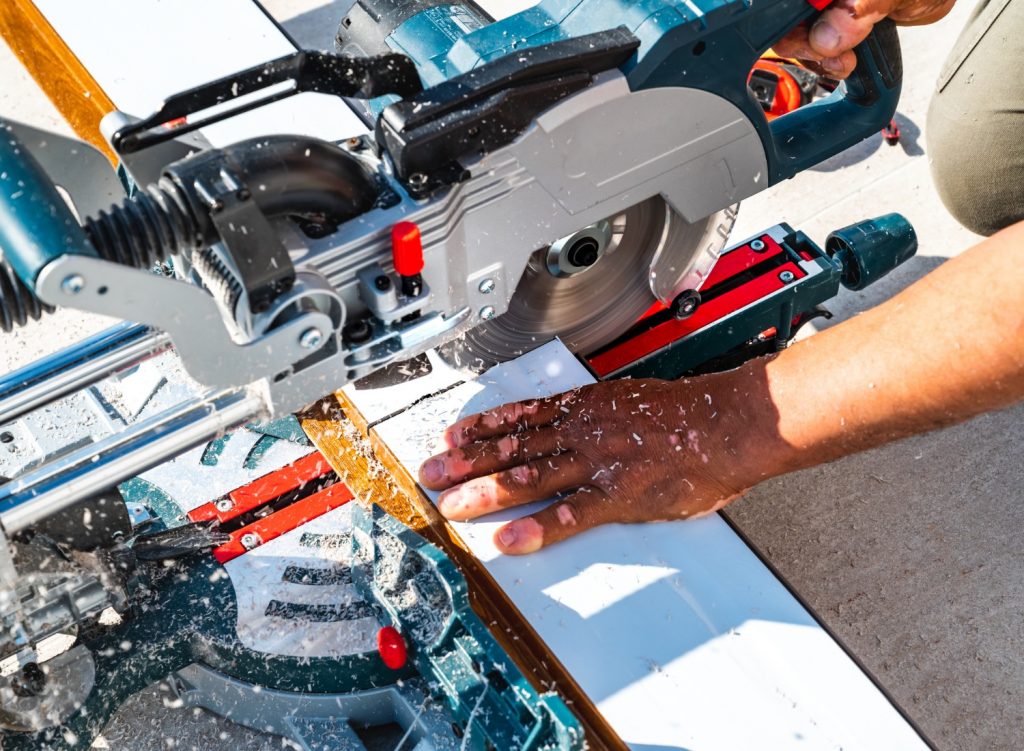How to Create the Ultimate Miter Saw Station for Your Workshop

A miter saw is a powerful tool in any woodworking or DIY enthusiast’s arsenal, capable of making precise angled cuts for a wide range of projects. However, to fully harness its potential, you need the right setup—a dedicated miter saw station. Creating the ultimate miter saw station in your workshop can significantly enhance your efficiency, accuracy, and safety.
In this comprehensive guide, we’ll walk you through the process of building a miter saw station that will serve as the heart of your workshop. With a well-organized miter saw station, you’ll have a stable platform for your saw, ample workspace, and clever storage solutions that streamline your workflow.
Selecting the Right Location
Before diving into the construction, choose the ideal spot for your miter saw station. It should be well-lit, easily accessible, and have enough space for long workpieces. Consider proximity to electrical outlets, as you’ll likely need power for your saw and possibly dust collection systems.
Determining the Size and Design
The size and design of your miter saw station depend on your workshop’s available space and your specific needs. A standard station includes a work surface for the saw, such as a miter saw stand, and extensions on both sides for supporting long boards. You can also add storage drawers, cabinets, or shelves to keep tools and accessories organized.
Building the Base
The base of your miter saw station is crucial for stability and support. You can construct it from plywood, MDF, or even solid lumber for durability. Ensure that the base is level and firmly anchored to the floor to prevent any wobbling.
Installing the Miter Saw
Mount your miter saw securely to the station’s work surface. Use the manufacturer’s instructions to ensure proper alignment and make any necessary adjustments. Some setups feature a drop-down platform, which allows you to store the saw beneath the work surface when not in use, freeing up space.
Adding Extensions
Extensions are invaluable for supporting longer workpieces. You can attach them on either side of the miter saw, typically with hinges for easy folding when not in use. Make sure the extensions are at the same height as the saw’s work surface to achieve accurate cuts.
Dust Collection System
To maintain a clean and safe workspace, consider installing a dust collection system. This can be as simple as a shop vacuum attached to the saw’s dust port or a more elaborate setup with a cyclone dust collector and ductwork. Proper dust collection helps prolong the life of your saw and keeps your workshop environment healthy.
Fence and Stops
A fence and stop system is essential for making precise repeat cuts. Install a tall, straight fence along the back of your work surface, and attach adjustable stops to it. These stops allow you to set your desired cut length and make repetitive cuts with ease.
Lighting
Good lighting is crucial for accurate cuts. Install bright LED lights above the miter saw station to illuminate the work area. This will help you see your cut lines clearly and improve the quality of your work.
Storage Solutions
Incorporate storage elements into your miter saw station design to keep your workshop organized. Drawers, cabinets, and shelves can store tools, blades, safety gear, and other woodworking essentials. Customizing the storage to your needs will ensure everything is within arm’s reach.
Final Touches
After assembling the miter saw station, add any final touches that improve functionality and aesthetics. This could include a sacrificial fence to protect the station’s fence from blade cuts, a measuring tape on the extensions for quick reference, or a durable finish to protect the wood and keep your station looking great.
Conclusion
A well-designed miter saw station is the cornerstone of a productive workshop. By carefully planning the location, size, and features of your station, you’ll have a dedicated space for making precise cuts and efficient storage. Building the ultimate miter saw station ensures that your woodworking projects are a cut above the rest.
